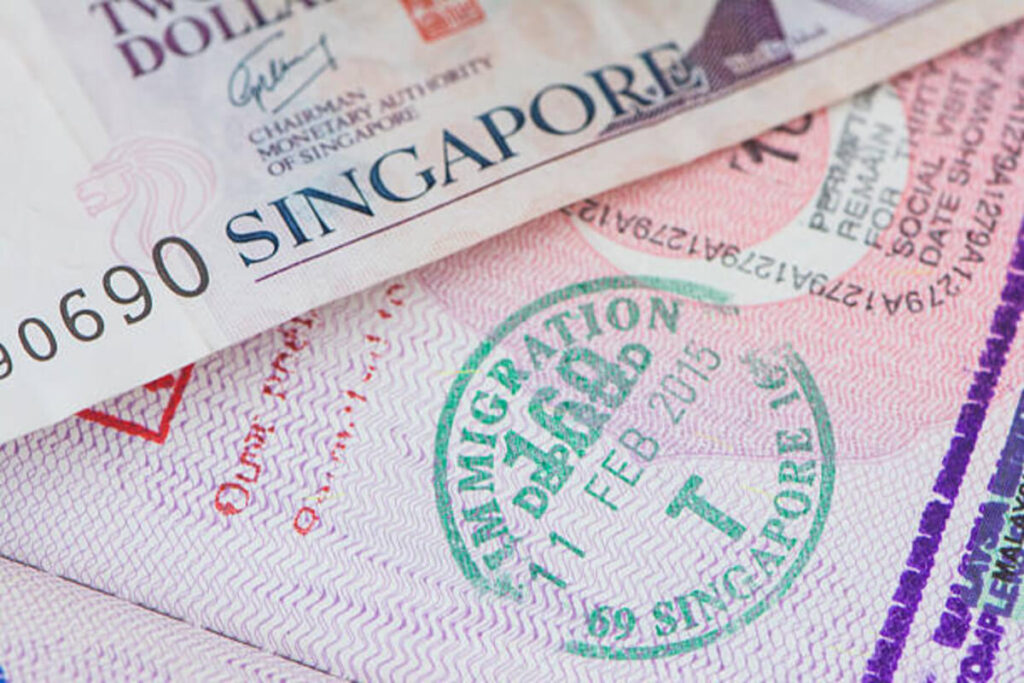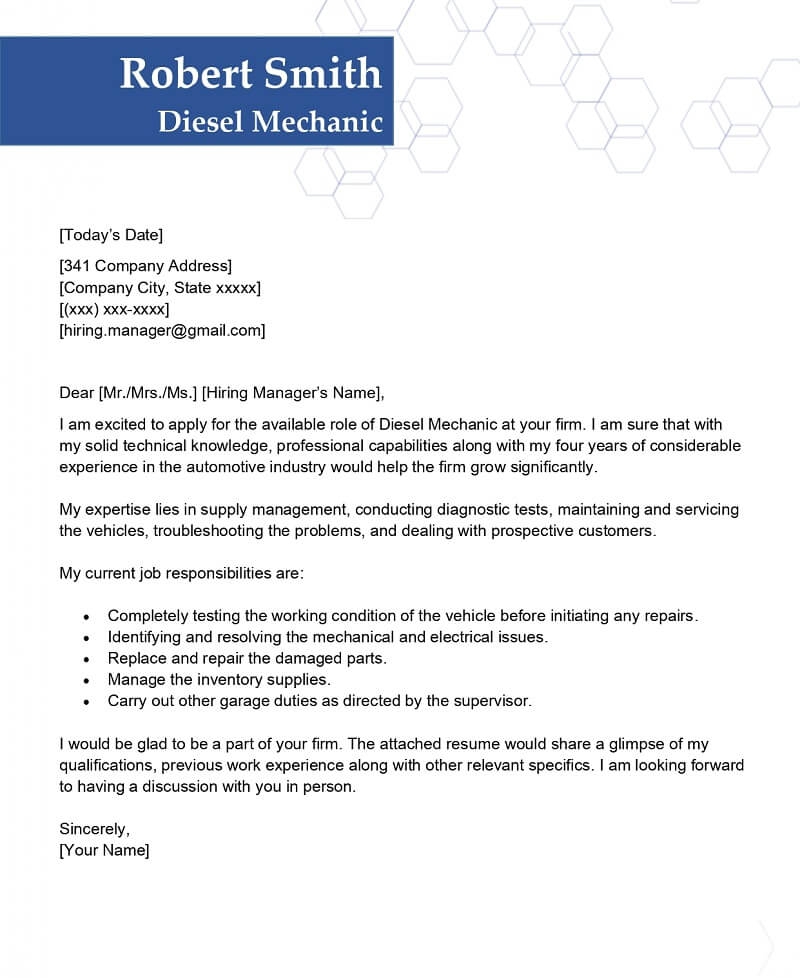Landing a Welding Job in the U.S. with Visa Sponsorship may seem like a big challenge, but it’s much simpler when you have the right information. I’m here to guide you through every step, from understanding the qualifications and certifications you need to apply for jobs with companies that offer visa sponsorship.
Advertisement
Whether you’re an experienced welder or just starting, this guide will help you go through the process and take the steps needed to secure a welding job in the U.S. with visa sponsorship. Let’s get started and make it happen together!
Understanding Welding Job Requirements in the U.S.
Securing a welding job in the U.S. with sponsorship requires meeting key qualifications and skills. This section will help you understand what employers expect and how to prepare to become a strong candidate.

Qualifications Needed
To qualify for welding jobs in the U.S., you’ll need:
Educational Background:
- At least a high school diploma or an equivalent qualification is usually required.
- Some employers might prefer candidates with additional technical training in welding, though it’s not always mandatory.
Work Experience:
- Employers often prioritize welders with hands-on experience. A few years of practical welding experience in construction, manufacturing, or related fields will strengthen your application.
- Entry-level positions may be available for those willing to start small and learn on the job.
Key Skills Employers Look For
Success as a welder goes beyond qualifications. Employers value specific skills that show you’re ready for the job:
Proficiency in Welding Techniques:
- Be skilled in various welding methods like MIG (Metal Inert Gas), TIG (Tungsten Inert Gas), and Stick welding. Mastering these techniques allows you to handle diverse projects.
Blueprint Reading:
- The ability to interpret blueprints, technical drawings, and welding specifications is crucial. Employers need welders who can understand project requirements and execute them with precision.
Safety Awareness and Equipment Maintenance:
- Following safety protocols is a non-negotiable part of welding. Employers want candidates who prioritize workplace safety and know how to maintain their tools and equipment properly to avoid hazards.
Problem-Solving and Attention to Detail:
- Welding requires precision and quick thinking to address issues like material inconsistencies or alignment problems during projects.
Certifications That Boost Your Profile
Certifications are a great way to prove your expertise and stand out to U.S. employers. Consider obtaining the following:
American Welding Society (AWS) Certified Welder Certification:
- This is one of the most recognized certifications in the industry, showing you meet professional welding standards.
OSHA Safety Certification:
- While not always mandatory, it highlights your commitment to workplace safety, which is a priority for employers.
Specialized Certifications:
- If you’re aiming for specific industries, certifications in areas like pipe welding, structural welding, or underwater welding can give you an edge.
International Welding Certifications:
- For welders outside the U.S., certifications from reputable global organizations can also help demonstrate your skills to U.S. employers.
How to Prepare for These Requirements
- Upskill Regularly: Attend workshops, training programs, or technical schools to refine your skills.
- Build a Portfolio: Include photographs or videos of your welding projects to showcase your expertise.
- Network with Professionals: Join welding associations or online communities to stay informed about job opportunities and industry trends.
Understanding these requirements is the first step to securing a welding job in the U.S. with visa sponsorship. With the right qualifications, skills, and certifications, you’ll be well-prepared to meet employer expectations and secure a position.
Read: Guide on Canada visa application process
Finding U.S. Employers Offering Visa Sponsorship for Welders
Landing a welding job in the U.S. with visa sponsorship begins with knowing where to look. Some industries are more likely to hire international welders, and targeting these sectors will increase your chances. Here’s a guide to finding employers who can sponsor your visa.
Industries Hiring Welders with Visa Sponsorship
Certain industries in the U.S. are known for their consistent demand for skilled welders, making them your best bet for visa-sponsored opportunities:
- Construction Companies: Welders are needed for building bridges, skyscrapers, and pipelines.
- Manufacturing Industries: Factories rely on welders for assembling equipment, machinery, and vehicles.
- Shipbuilding and Repair: Shipyards hire welders to construct and repair vessels for commercial and military use.
- Energy Sectors: Welders are crucial for oil, gas, and renewable energy projects, including pipelines and wind turbines.
Where to Look for Job Openings
Knowing where to search for visa-sponsored welding jobs is equally important. Use these platforms to maximize your chances:
- International Job Boards: Websites like Indeed, Glassdoor, and LinkedIn often feature postings that include visa sponsorship details.
- Niche Welding Websites: Platforms like WeldingJobs.com specialize in welding-related job opportunities.
- Government Resources: The U.S. Department of Labor’s H-2B Visa Employer Database is a reliable tool for finding employers hiring international workers.
Read: Best Health Insurance in Canada
Step-by-Step Application Process for Welding Jobs with Visa Sponsorship
Applying for a welding job in the U.S. with visa sponsorship can be overwhelming, but breaking it down into clear steps will simplify the process. Here’s a straightforward guide to help you through:

Research Eligible Employers: Start by identifying companies experienced in hiring international workers. Look for businesses that:
- Actively mention visa sponsorship in their job postings.
- Participate in H-2B or EB-3 visa programs for skilled workers.
Tailor Your Resume: A well-structured resume can set you apart:
- Highlight your welding certifications and technical skills.
- Emphasize accomplishments like major projects, safety awards, or productivity achievements.
Craft a Strong Cover Letter: Your cover letter should reflect your expertise and eagerness to relocate:
- Focus on your skills and certifications, especially those relevant to the job.
- Mention your willingness to adapt to U.S. work standards and environments.
Apply Through Trusted Channels: When applying for welding jobs:
- Use reputable job boards or company websites.
- Work with verified recruitment agencies experienced in visa-sponsored placements.
Prepare for Interviews: Once shortlisted, it’s time to prepare for interviews:
- Research the company’s operations and projects.
- Practice answering technical questions about welding techniques and certifications.
Obtain a Job Offer Letter: Securing an offer letter is crucial for visa processing:
- Ensure the letter clearly states job responsibilities, salary, and sponsorship details.
Work with Your Employer on Visa Processing: Most U.S. employers will handle the visa petition:
- Provide necessary documents, such as passports, certifications, and proof of experience, promptly.
Attend Visa Interviews and Medical Exams: As part of the visa process:
- Be prepared for a consular interview to verify your qualifications.
- Complete any required health checks and submit the results to the appropriate authorities.
Read: Farm Workers Urgently Needed in Canada – With Sponsored Visa
Tips for Success in Landing High-Paying Welding Jobs
Securing a high-paying welding job in the U.S. with visa sponsorship takes more than just the right skills. Here are key strategies to increase your chances:
Stay Ahead with Advanced Certifications
- Pursue specialized certifications in pipe, structural, or underwater welding.
- Get credentials like AWS Certified Welding Inspector (CWI) to stand out.
- Safety certifications (e.g., OSHA) are also beneficial.
Build a Strong Portfolio
- Showcase your best welding projects with photos or videos.
- Highlight specific achievements and create a professional online presence.
Network Effectively
- Join U.S.-based welding associations and attend industry events.
- Use LinkedIn and other online platforms to connect with professionals and employers.
Stay Updated on Visa Policies
- Regularly check USCIS for visa updates and consult immigration experts.
- Ensure your potential employers are familiar with visa requirements.
Enhance Your Soft Skills
- Strong communication and problem-solving skills are essential.
- A solid work ethic and reliability are highly valued by U.S. employers.
Target High-Demand Locations and Industries
- Focus on regions or industries with high welding demand, like energy or shipbuilding.
Landing a welding job in the U.S. with visa sponsorship requires a combination of technical skills, advanced certifications, and strategic networking. By earning specialized certifications, building a strong portfolio, and staying updated on visa policies, you can improve your chances of attracting U.S. employers. Targeting high-demand industries and locations, along with enhancing your soft skills, will also make you a more competitive candidate. With dedication and careful planning, securing a high-paying welding job in the U.S. is an achievable goal.


